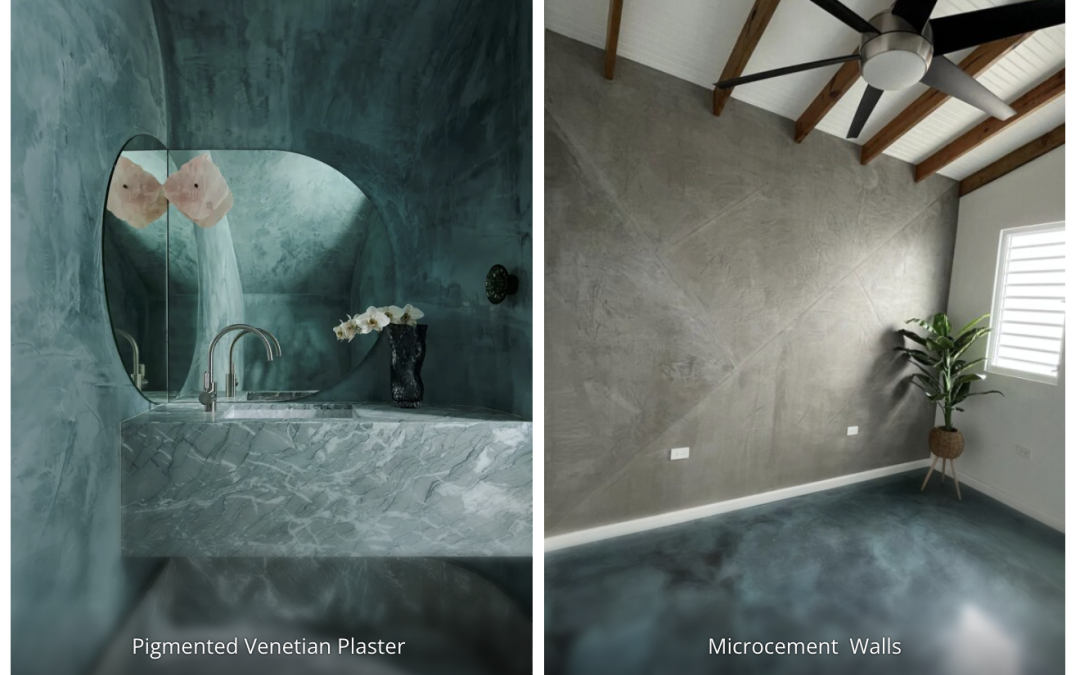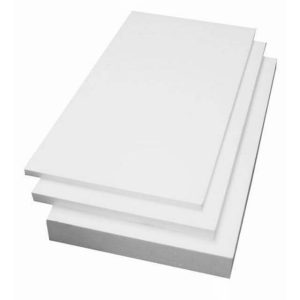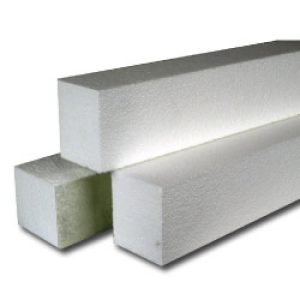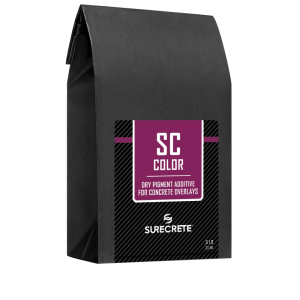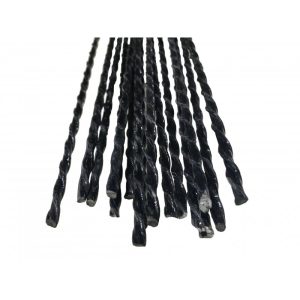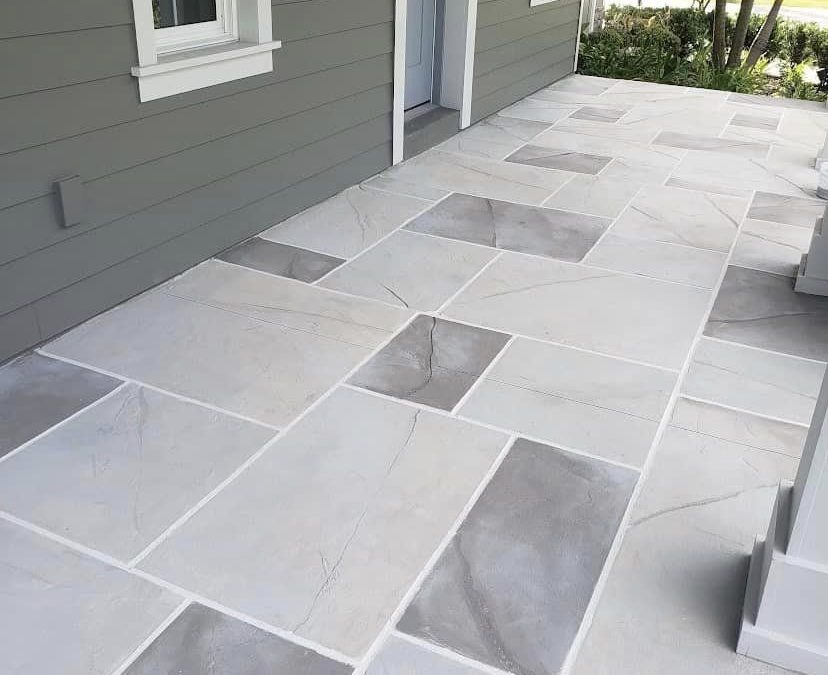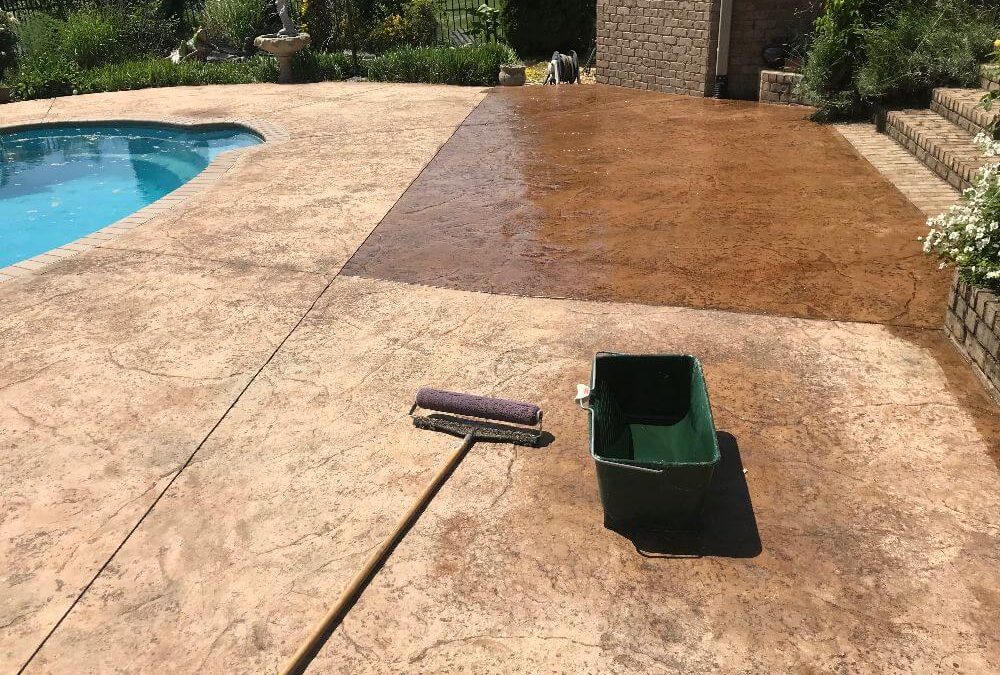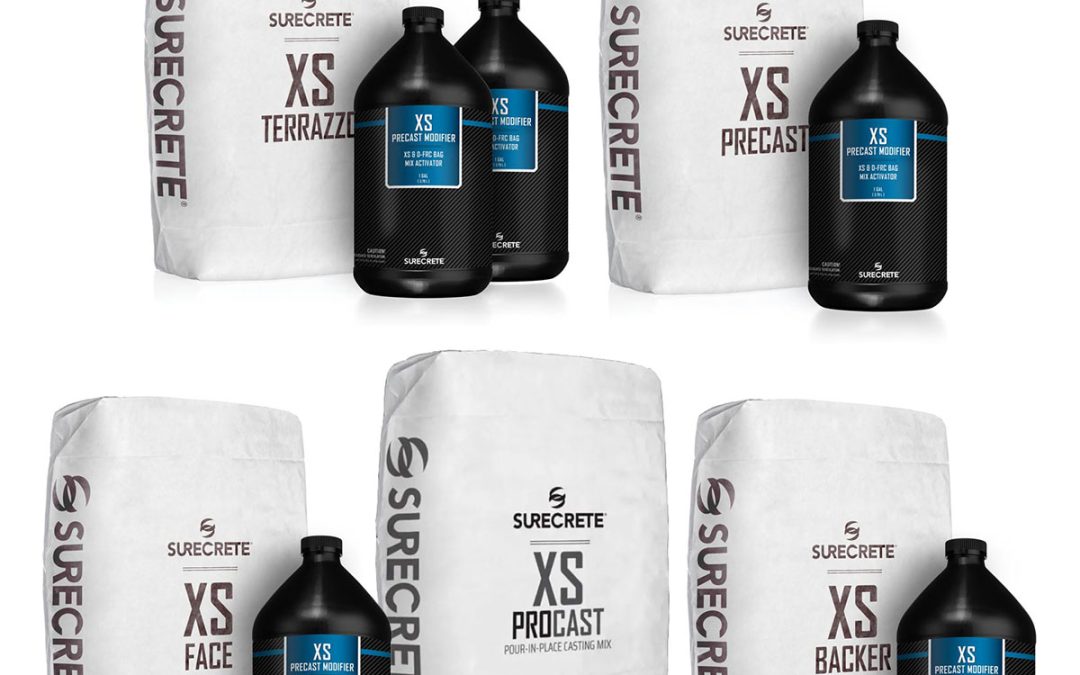In the world of decorative finishes, few materials command as much attention as microcement and Venetian plaster. Both are celebrated for their ability to transform ordinary surfaces into statement features, but they bring very different qualities to the table. Understanding their similarities, differences, and optimal applications is essential for homeowners, designers, and contractors seeking to select the right finish for a project.
This article compares the two materials across aesthetics, durability, sustainability, application methods, and cost, helping you make an informed decision for your next interior design endeavor.
